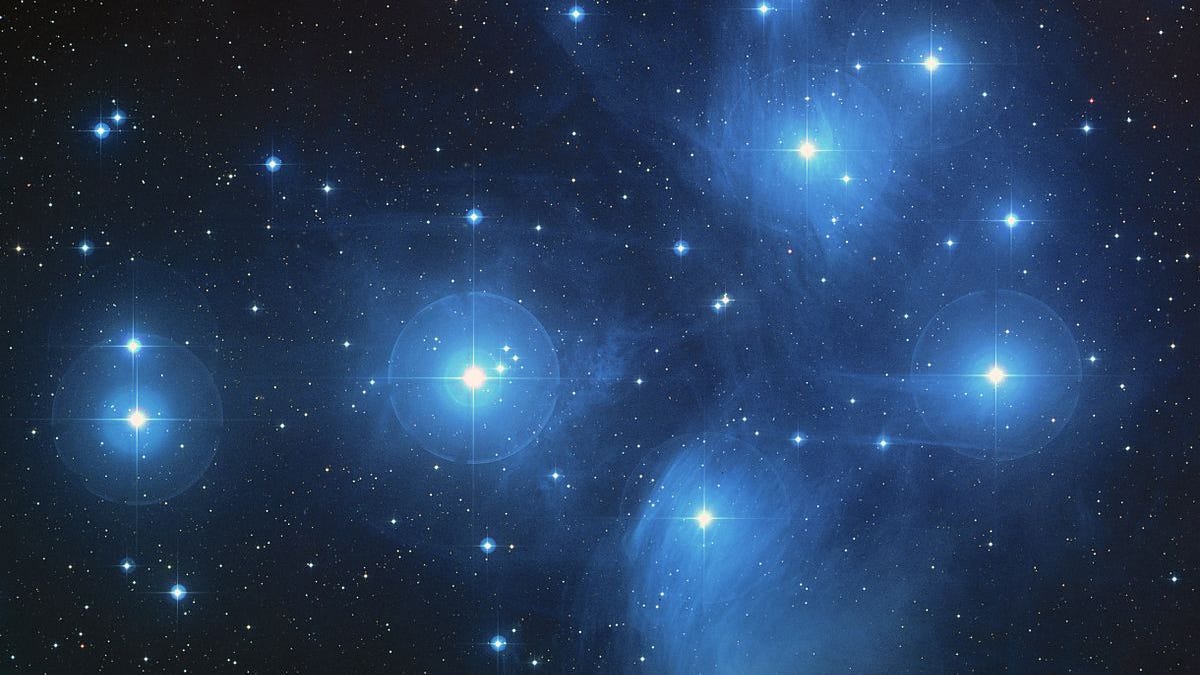Sky mapping software dates Sappho poem
Sappho's "Midnight Poem" describes the night sky over Greece, which has allowed astronomers to accurately calculate when it was written.
Not a lot is known about the Greek poet Sappho. She was probably born sometime between 630 and 612 BCE, and she is thought to have died in around 570 BCE after returning to Lesbos from exile.
Thanks to a team of researchers from the University of Texas at Arlington, we now know for certain that she was alive until at least 570 BCE. This is because of a poem fragment called "Midnight Poem", and astronomy software called Starry Night version 7.3 and Digistar 5 from the International Planetarium Society, which can recreate the night sky over Greece during Sappho's lifetime.
The moon has set
and the Pleiades;
It is midnight,
The time is going by,
And I sleep alone.
(Henry Thornton Wharton, 1887:68)
The team took the information provided in this fragment -- that the star cluster known as the Pleiades in the constellation of Taurus had set at midnight, assuming Sappho was not taking poetic licence -- and ran it through the software. They calculated that the earliest date the poem could have been written was on January 25, 570 BC, when the Pleiades set at midnight. Their research was published in the Journal of Astronomical History and Heritage.
The team also calculated the latest date that the poem could have been written. The poem, after all, doesn't state that the Pleiades set at midnight. They could have set any time after twilight. The last date that the Pleiades would have appeared in the night sky after twilight was March 31, 570.
"From there," explained lead author Manfred Cuntz in a statement, "we were able to accurately seasonally date this poem to mid-winter and early spring, scientifically confirming earlier estimations by other scholars."
He also notes that Sappho makes astronomical observations in her poems. She mentions the sun and the moon, and the evening and dawn stars.
"Sappho should be considered an informal contributor to early Greek astronomy as well as to Greek society at large," he said. "Not many ancient poets comment on astronomical observations as clearly as she does."


